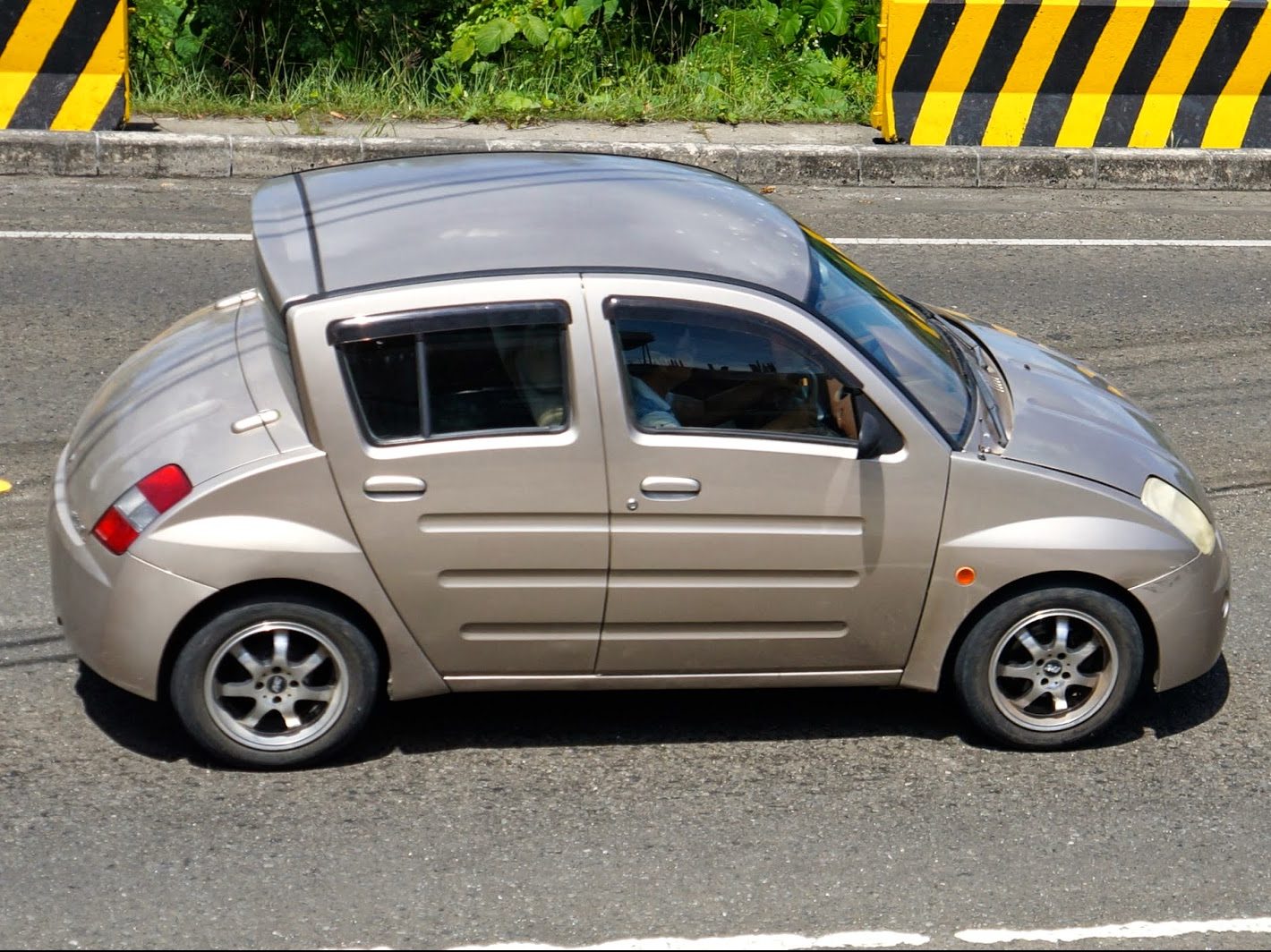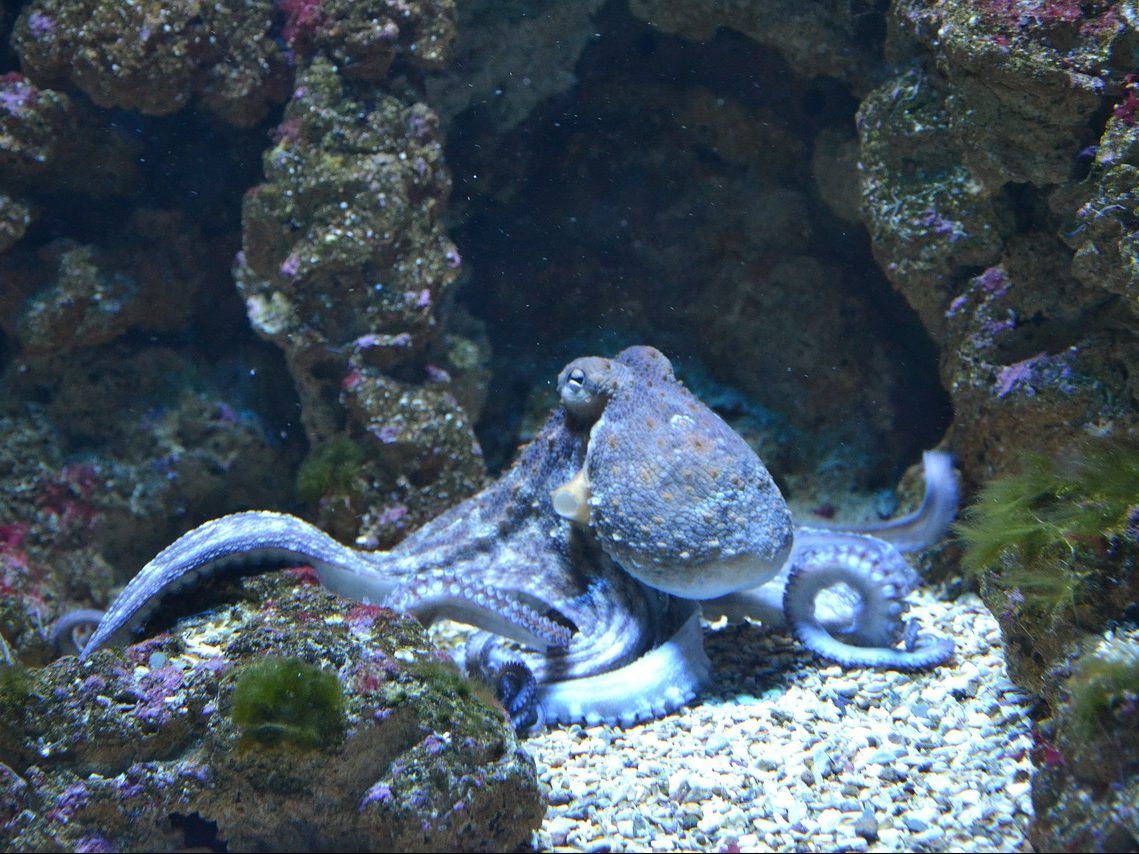
First off, it’s worth noting that the majority of cars in this country come from Japan. Someone told us when we first arrived that Japan has a rule that cars older than 10 years old aren’t allowed to be on the roads, and that’s why they send the 11-year old cars here. Someone else told us that Palau got all the cars that were flooded after the big tsunami in Japan. Neither story is quite true, but after doing some research I learned that Japan does have a vehicle inspection system that is so onerous and expensive that it is easier for most people to just trade in their fairly young cars, rather than spend a fortune on the inspection. Inspections are mandatory when cars turn 3 years old, then must be done every 2 years. Once the car turns 11 the inspections must take place every year. The reason they are so strict is because Japan is already so congested that having cars break down on the road is incredibly disruptive. So with everyone buying brand new cars, what happens to all of the used ones? They get shipped to nations such as Palau, where 2002 and 2003 vehicles are way nicer then we actually need them to be.
1. WiLL Vi
From the expert: Created from the designers at Toyota as the first attempt to have a younger generation car buyer. The aim was to have a vehicle for every stage of a person’s life, from their first car (Will), to middle age (Toyota), to later years and wealth (Lexus). The lessons learned from the Will project (which included 3 cars) were implemented on the later Scion project.
2. WiLL Cypha
From the expert: This was the second iteration of the Will project. See above.
3. Nissan Cube
These definitely exist in the states, but here there are herds of them. Watch the main road for one minute and your chance of seeing a Cube is 93%. What you don’t see in the US is the original version. Whoever redesigned it probably saved the company.
4. Toyota Fun Cargo
Look how fun that tail light is. It’s like a yin and yang sign of fun. Apparently too boxy for the UK, they nick-named it the “ice cream van.”
From the expert: Also called the Yaris Verso. The mini Multi Purpose Vehicle (MPV) was efficient with a diesel engine and could transport large amounts of cargo for its size, but was replaced with the Toyota Ractis for aesthetic reasons.
5. Nissan March
| First generation Nissan March |
6. Pajero Mini
We almost ended up with one of these. Every local and their cousin is selling one. So that got us to thinking that maybe it wasn’t worth buying.
From the expert: Versions of the Pajero were based off the Minica platform. The Jr, Mini, I/O, and the Full Size Montero (later sold in the U.S.) all had roots from the kei classification in Japan (a classification given to cars small enough to meet set requirements). Only the Mini made the cut for staying in this classification because of its small size and small engine. These Minis were rarely exported as it wasn’t financially profitable. Because the Minis met the kei classification, they were labeled as “yellow tag” cars, and thus received yellow plates with black numbers.
7. Nissan Rasheen
This is a very funny, wide and squat toad of a car. From the back it sort of resembles a sideways house door.
From the exert: Only sold in Japan from 1994-2000, the Rasheen was a short 4wd vehicle that was meant to target poor road conditions. It was comparable to a Suburu Forester, but produced years before. Although functional, the design was scrapped during the change in management known as the Nissan Revival Project.
8. No Name
If anyone can name this car I will buy them an ice cream cone. (Toyota’s Fun Cargo put me in the mood for ice cream). It’s the silly little random vehicles like this that inspired this post.
Edit: Thanks to readers vousmevoyez and dazui, we now know that this vehicle is a Mitsubishi Minica Toppo. Thanks for reading and sharing your knowledge!
Special thanks to Fletch for his contribution.








vousmevoyez
nice blog by the way the number 8 car is a mitsubishi toppo, people in the US see's boxy car ugly, but in asia where roads are tiny and big cars are expensive to operate a boxy car is a solution for that, wide space inside can fit many people and cargo. there is a version of a nissan cube that can seat 7 people in it and its called cube cubic or cube^3
Dazui
The “No Name” car is actually a Mitsubishi Minica Toppo. 🙂
Lexi
Thanks for your expertise, Dazui! If you’re ever in the same corner of the world, I owe you an ice cream.